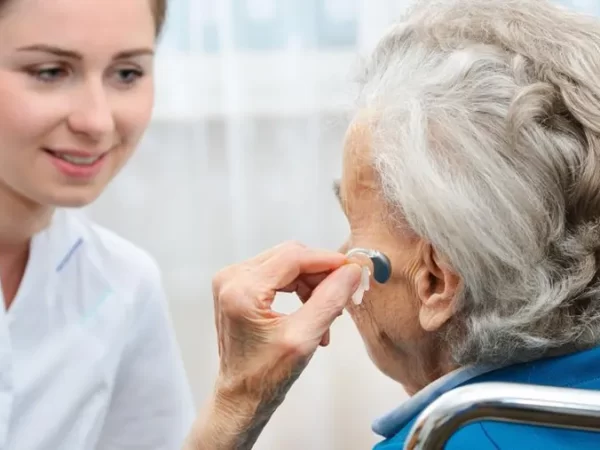Carotenoids represent a family of powerful plant pigments that critically protect human eyes. These colourful compounds create the vibrant yellows, oranges, and reds found in fruits and vegetables while delivering remarkable biological benefits when consumed. The human eye selectively accumulates specific carotenoidswithin retinal tissues, particularly the central macula, which is responsible for detailed vision. This strategic concentration protects against light damage, oxidative stress, and age-related deterioration. Three specific carotenoids prove especially valuable for ocular health through their unique molecular structures and protective capabilities.
Natural eye shields
Carotenoids function as a natural sunscreen for delicate retinal tissues through their remarkable ability to filter harmful blue light. These compounds absorb damaging high-energy visible light wavelengths between 400-500nm that penetrate the eye deeply. This filtering mechanism prevents photochemical damage to photoreceptor cells that cannot regenerate once damaged. The protective carotenoid layer absorbs approximately 40-90% of incoming blue light, depending on pigment density, essentially functioning as internal sunglasses. This protection proves especially valuable in modern environments filled with blue-light-emitting digital devices and LED lighting that increase cumulative exposure beyond what human eyes evolved to handle naturally.
Oxidation fighters
- Lipid peroxidation prevention – These compounds protect fatty cell membranes from oxidative breakdown that would otherwise compromise photoreceptor function.
- Mitochondrial protection – Carotenoids shield cellular energy generators within retinal cells, preserving visual processing capacity despite ageing processes.
- DNA damage reduction – These protective pigments prevent genetic material deterioration within eye cells, maintaining proper protein synthesis for visual function.
- Glutathione system support – Carotenoids enhance the eye’s internal antioxidant recycling system, dramatically extending protective capacity beyond their direct effects.
The retina faces extraordinary oxidative challenges due to constant light exposure, high metabolic activity, and abundant polyunsaturated fatty acids vulnerable to oxidation. Carotenoids provide specialised protection against these unique threats through multiple complementary mechanisms rather than single antioxidant pathways, explaining their remarkable effectiveness for ocular protection compared to general antioxidants.
Essential eye trio
Three specific carotenoids are essential for ocular health lutein, zeaxanthin, and meso-zeaxanthin. These compounds share similar structures but fulfil distinct protective roles based on their unique positioning within the retina. Lutein predominates in peripheral retinal regions while zeaxanthin concentrates more centrally. Meso-zeaxanthin appears almost exclusively in the central macula directly over the fovea, where visual acuity reaches maximum levels. This strategic distribution creates complete protective coverage across the entire retina with concentrated protection precisely where damage would cause the most critical visual impairment. These three compounds form what scientists call macular pigment optical density (MPOD), measurable through specialised testing procedures.
Full-body protection
Carotenoids protect visual systems, explaining their association with multiple health benefits in research studies. These compounds accumulate in skin cells, providing similar photo protection against UV damage, contributing to premature ageing and cancer risk. Immune cells incorporate these protective compounds into cell membranes, enhancing proper immune function through improved cellular communication and reduced inflammatory signalling. The modern diets typically deliver only 1-2mg daily of these critical nutrients compared to the 6-20mg that research suggests for optimal protection. This gap explains growing interest in supplemental forms, particularly for individuals with genetic predispositions to macular degeneration or those already experiencing early signs of age-related visual changes. Quality supplements provide precise carotenoid ratios in bioavailable forms that raise macular pigment levels when taken consistently.




